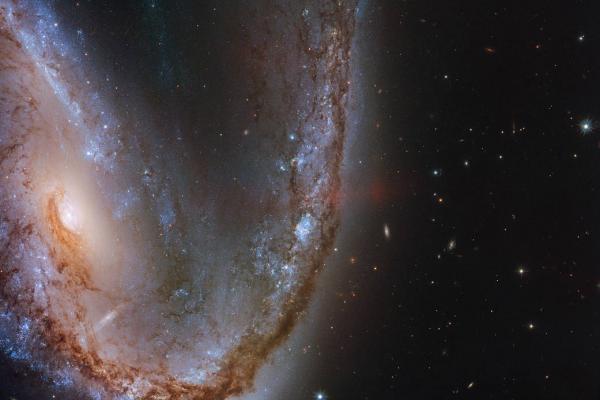
Simulating the Galaxy: How computer simulations allow us to test theories of galaxy formation and evolution
Galaxies are our main window into the structure and composition of matter in the present-day Universe, however, in order to reconcile observations of galaxies with observations of the early Universe and the LCDM paradigm, the process of galaxy formation and evolution needs to be highly inefficient and complex. I will discuss the environmental and energetic feedback processes at play in galaxy evolution that are likely responsible for this inefficiency. I will show the important role that computer simulations have in investigating these processes, focusing on feedback associated with star formation, and explore how simulations of supernovae explosions in the ISM have given us important insights into the role of cosmic rays in regulating the phase structure of gas within galaxies. Lastly, I will consider environmental effects that can impact the formation of low-mass galaxies around the Milky Way and show how simulations are able to explain some properties of these systems but have difficulties explaining others, indicating that much work is also needed in understanding environmental effects.
